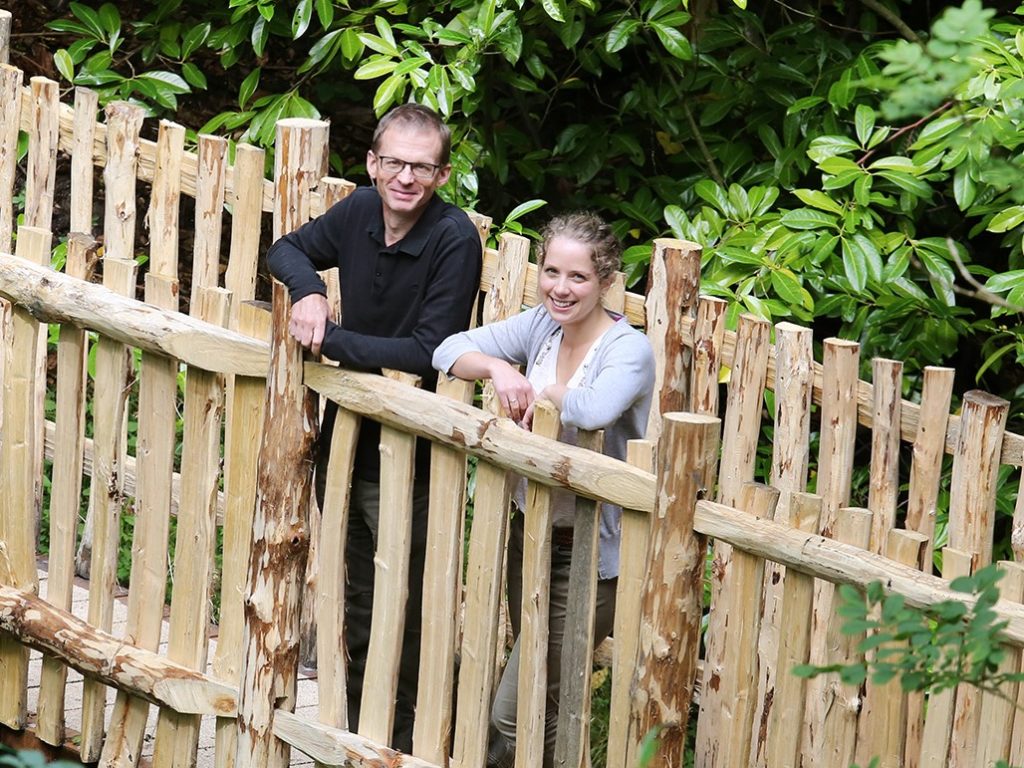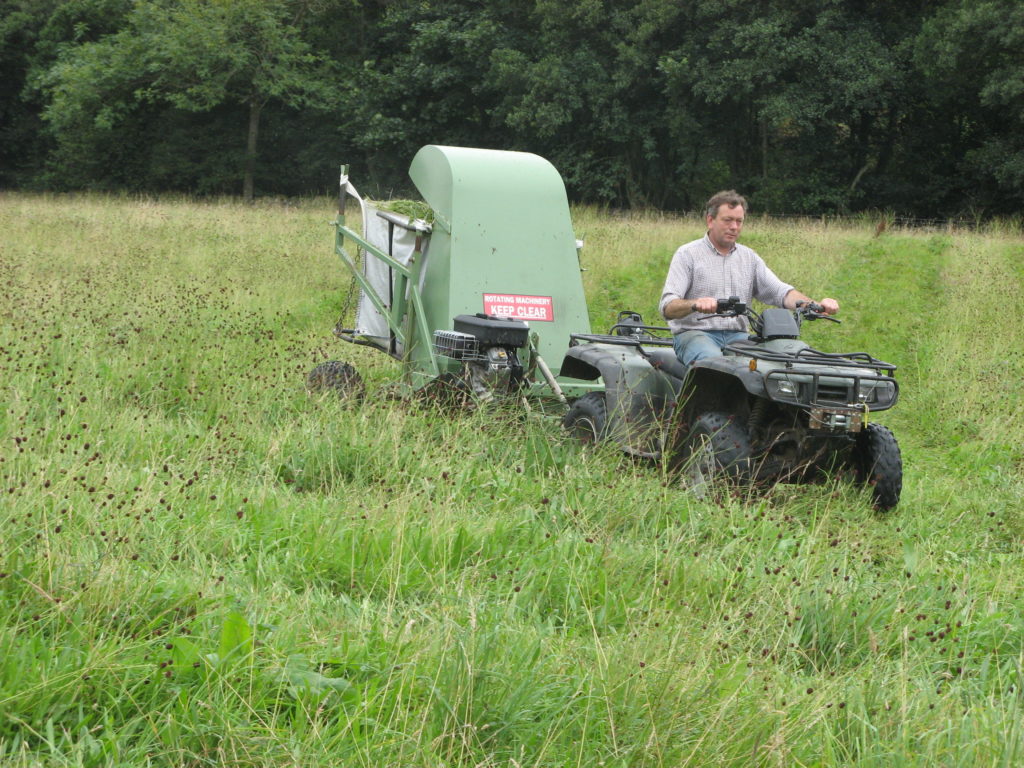News
Celebrating the dark!
19 April 2020
Celebrating the dark!
Blog to mark International Dark Sky Week – 19 to 26 April 2020
Shane Harris: Responsible Tourism Lead
The North Pennines is the darkest mainland National Landscape (only the Isles of Scilly are darker) – here we revel in 86% pristine skies, with very little light pollution. On a clear, dark night, in the National Landscape we will see thousands of stars and enjoy unrivalled views of our home galaxy – the Milky Way.
This week we’re marking International Dark Sky Week. Seventeen years ago an American high-school student, Jennifer Barlow, had a light-bulb moment and the idea of ‘International Dark Sky Week’ was born – her intention was to put the problem of light pollution in the ‘spotlight’ and to seek out simple solutions to mitigate it.
During International Dark Sky Week, DarkSky International is encouraging people from around the world to come together to celebrate the night. Find out more at https://idsw.darksky.org .
Backyard stargazing
With the need to socially distance and restrictions on venturing out for anything other than essential trips (in the UK these are for food shopping, exercise, work and medical reasons) this is the ideal time to do some observing from your own outside space (if you’re lucky enough to have some).
On Wednesday (22 April) North Pennines’ astronomer and astrophotographer, Gary Lintern will be launching his 30-day ‘Stay at Home Stargazers’ course – specifically designed for beginners to get a taste of at-home stargazing. Sign up at https://www.garylintern.com/stay-at-home-stargazers
It’s a good week to be doing some observing because there’s a new Moon on Thursday (23 April). Meaning that the sky will be at its darkest and the stars, therefore, at their brightest. The ‘new moon’ phase of the lunar cycle happens when the Sun, Moon and Earth are located in a straight line, with the Moon between the Earth and the Sun. The illuminated portion of the moon is facing away from us, with the shadowed half of the moon facing towards us, making it appear nearly or totally invisible.
The annual Lyrid meteor shower is active each year between about 16 to 25 April. This year the peak will most likely be in the pre-dawn hours on Wednesday (22 April). You can expect to see 10 to 15 meteors (aka ‘shooting stars’) per hour (see the image below to show where to look). Meteors are tiny bits of debris left in the wake of celestial objects like asteroids or comets. When we pass through this trail of debris on our orbit of the Sun some of the particles inevitably fall into the Earth’s atmosphere and burn up – so what we see is a short-lived streak of light in the sky. The Lyrid shower is associated with the long–period comet C/1861 G1 Thatcher – first recorded in 687BC. So wrap up warm, lounge in a deckchair, pour yourself a hot chocolate and, above all, be patient! More information at https://earthsky.org/astronomy-essentials/everything-you-need-to-know-lyrid-meteor-shower
On Sunday (26 April) the Moon and Venus will be very close to each other in the western sky – the two brightest objects in the night sky. Venus is the second planet out from the Sun and is a similar size to the Earth. It has no moons or rings but does have a solid surface of extensive plains and high volcanic mountains and ridged plateaus. More information at https://solarsystem.nasa.gov/planets/venus/overview/

Protecting the night
When you look up at a pristine night sky it is a magical and spellbinding experience – in effect you are gazing into the deep past! It is the nearest we are ever likely to get to time travel! In the darkest of night skies (including in the North Pennines) it is possible to see our nearest neighbour galaxy – Andromeda. This celestial object is approximately 2.5 million light-years. So when you observe it you are seeing what it looked like 2.5 million years ago! Time travel. But you need to be a very dark place to see this marvel – a place with limited light pollution.
Limiting light pollution is not about switching all lights off – it is all about the right amount of light, where it is needed and when it is needed.
Top tips
- Make sure outside lights are fully shielded or angled downwards, so that no light shines upwards into the sky, where it goes to waste
- Cool-white LED lighting can be disruptive to nocturnal wildlife. Choose LED lights that emit a warm-white light i.e. below 3000 kelvin
- Avoid over-lighting and glare by choosing a low wattage LED light. A modern 5w LED bulb is equivalent to a 60w incandescent light bulb and is ideal for most domestic uses.
More information on light pollution is available at: https://darksky.org/resources/what-is-light-pollution/
Find out more at: https://darksky.org/

The Andromeda galaxy (courtesy of Mike Lynch)











